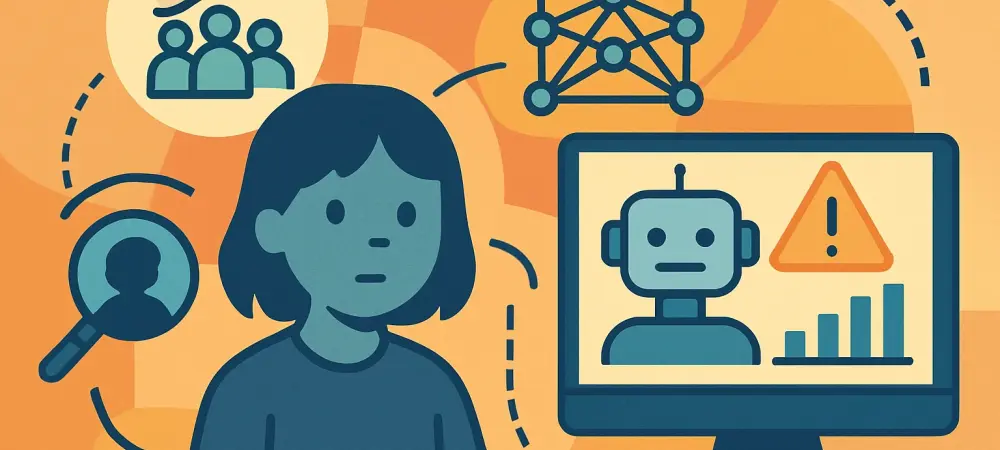Short introductionI’m thrilled to sit down with Dominic Jainy, an IT professional whose expertise in artificial intelligence, machine learning, and blockchain has paved the way for groundbreaking applications across various industries. Today, we’re diving into his insights on how AI is transforming child welfare services, with a particular focus on innovative software solutions like Binti. Dominic’s deep understanding of technology’s potential to address complex social challenges makes him the perfect guide to explore how automation and AI are supporting social workers, improving outcomes for families, and navigating the ethical considerations of such powerful tools.
How did you first become interested in the intersection of AI and child welfare services?
I’ve always been fascinated by how technology can solve real-world problems, especially in areas that impact vulnerable populations. My interest in child welfare services grew when I started exploring how AI could streamline processes in social work, reducing the burden on professionals who are often overstretched. I came across initiatives like Binti, which aim to improve outcomes for children and families, and I was hooked on the idea of using tech to create systemic change in this space.
Can you share more about Binti and what drives its mission to transform child welfare?
Binti is a software platform designed to modernize child welfare services by leveraging technology to support social workers and families. Its mission is rooted in the belief that every child deserves a family and a fair shot at life. By automating tedious tasks and providing tools to enhance decision-making, Binti aims to free up social workers to focus on building relationships with families and ensuring children’s safety and well-being.
In what ways does Binti’s use of AI make a difference for social workers on the ground?
AI plays a huge role in Binti’s platform by handling repetitive administrative tasks like processing intake forms, drafting notes, and managing paperwork. This automation saves social workers countless hours, allowing them to prioritize direct support for families. Additionally, features like the chatbot provide quick answers to procedural questions, acting as a virtual assistant that boosts efficiency in their day-to-day work.
Can you walk us through a specific example of how AI has saved time or improved outcomes in child welfare?
Absolutely. One compelling case comes from Pennsylvania, where Binti’s Family Finding module was used to locate relatives for a child who had entered care without a guardian. The AI-driven tool quickly identified connections, including an aunt involved in foster care, which led to a successful family placement. Without this technology, the process could have taken months, but AI cut through the delays and helped secure a stable home for the child much faster.
Binti has achieved an impressive reach, serving a significant portion of children in care nationwide. What do you think has contributed to this widespread adoption?
I believe Binti’s success in reaching over 46% of children in care across the country comes down to its focus on collaboration with local and state government agencies. By tailoring solutions to meet the specific needs of these agencies and demonstrating clear, measurable benefits—like time savings and better outcomes—they’ve built trust and credibility. It’s also about showing that technology can be a partner, not a replacement, for human judgment in social work.
There are valid concerns about the ethical use of AI in social work. How do you see these challenges being addressed?
Ethical concerns are absolutely critical when it comes to AI in social work, given the high stakes involved. From what I’ve observed, platforms like Binti prioritize safety by ensuring AI is used as a supportive tool rather than a decision-maker. This means keeping humans in the loop for critical judgments, regularly auditing algorithms for bias, and being transparent about how data is used. It’s also about engaging with social workers and communities to understand their concerns and build trust in the technology.
What impact do you think partnerships with AI models like Claude have on the effectiveness of tools like Binti?
Partnerships with advanced AI models like Claude are game-changers because they bring cutting-edge language processing capabilities to the table. These models can understand and generate human-like responses, making tools like chatbots more intuitive for social workers to use. They also enhance the software’s ability to process complex data, like family histories or case notes, which directly improves the speed and accuracy of tasks that would otherwise take hours.
How do social workers generally respond to the integration of AI into their workflows?
From what I’ve seen, the response is often a mix of excitement and caution. Many social workers appreciate how AI can lift the burden of administrative tasks, giving them more time to focus on families. However, there’s also a natural hesitation about relying too heavily on technology, especially when it comes to sensitive decisions. The key seems to be providing training and showing that AI is there to assist, not to override their expertise or personal touch.
What is your forecast for the future of AI in child welfare services?
I’m optimistic about the future, but I think it will require careful navigation. AI has the potential to revolutionize child welfare by making systems more efficient, predictive, and responsive—think identifying at-risk families before crises occur. However, the field must prioritize ethical guidelines and ensure that technology serves as a tool to enhance, not replace, human connection. If we get that balance right, I believe AI could help create a system where every child truly has the support and family they need to thrive.

